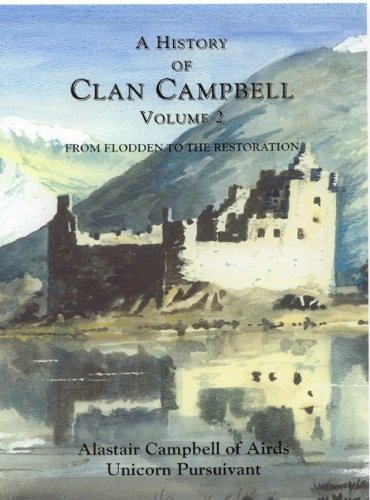

Most ebook files are in PDF format, so you can easily read them using various software such as Foxit Reader or directly on the Google Chrome browser.
Some ebook files are released by publishers in other formats such as .awz, .mobi, .epub, .fb2, etc. You may need to install specific software to read these formats on mobile/PC, such as Calibre.
Please read the tutorial at this link: https://ebookbell.com/faq
We offer FREE conversion to the popular formats you request; however, this may take some time. Therefore, right after payment, please email us, and we will try to provide the service as quickly as possible.
For some exceptional file formats or broken links (if any), please refrain from opening any disputes. Instead, email us first, and we will try to assist within a maximum of 6 hours.
EbookBell Team

4.8
104 reviewsReligious conflict in Scotland during almost the whole of the period was devastating. The Crown vacillated between Reformed, Episcopal, and Catholic. With one exception, the Campbell chiefs held firm to the Protestant Reformation. In 1556, Colin, 4th Earl, invited John Knox to preach at Inveraray; 90 years later Archibald, 8th Earl and first Marquess of Argyll, led the Army of the Solemn League & Covenant. Late in the 16th c., however, a crack appeared in the remarkable unity of the clan: a conspiracy of the Campbells of Glenorchy, Lochnell, and Ardkinglas led to the deaths of the Earl of Moray and of Campbell of Cawdor, and two attempts on the life of 'Grim-faced Archie', 7th Earl, who turned Catholic and in 1617 left to serve the King of Spain. Again the clan recovered. One of the conspirators, Black Duncan Campbell of Glenorchy, scourge of the MacGregors, even received a royal pardon and a baronetcy.
The greatest figure in 17th c. Scotland was the 1st Marquess of Argyll, an ardent Protestant, pitted against the charismatic Marquess of Montrose. On behalf of church and crown in Scotland, each led governments and armies against one another. Montrose was executed in 1650, and Argyll in 1661, and here the story ends (until Vol. 3) with the Clan once more imperilled by the Crown.
The book is illustrated with maps and genealogies, and contains 20 pages of plates, 4 in colour. Two appendices deal with the substantial body of music associated with the clan, and the Campbell symbolic emblems.